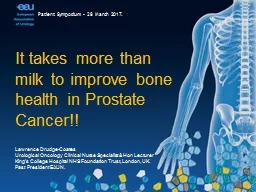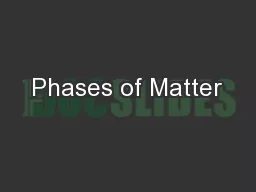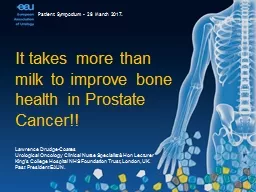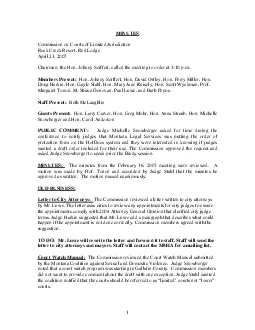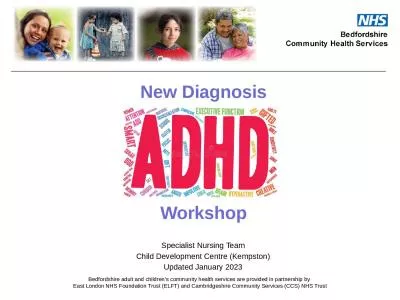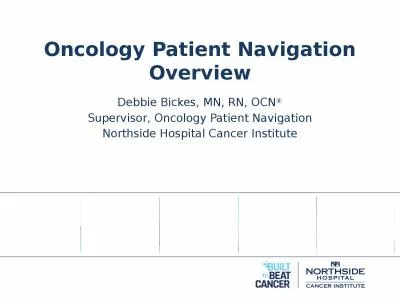PPT-Lawrence Drudge-Coates Urological Oncology Clinical Nurse Specialist & Hon Lecturer
Author : faustina-dinatale | Published Date : 2018-11-06
Kings College Hospital NHS Foundation Trust London UK Past President EAUN It takes more than milk to improve Bone Health in Prostate Cancer Patient Symposium 28
Presentation Embed Code
Download Presentation
Download Presentation The PPT/PDF document "Lawrence Drudge-Coates Urological Oncolo..." is the property of its rightful owner. Permission is granted to download and print the materials on this website for personal, non-commercial use only, and to display it on your personal computer provided you do not modify the materials and that you retain all copyright notices contained in the materials. By downloading content from our website, you accept the terms of this agreement.
Lawrence Drudge-Coates Urological Oncology Clinical Nurse Specialist & Hon Lecturer: Transcript
Download Rules Of Document
"Lawrence Drudge-Coates Urological Oncology Clinical Nurse Specialist & Hon Lecturer"The content belongs to its owner. You may download and print it for personal use, without modification, and keep all copyright notices. By downloading, you agree to these terms.
Related Documents

